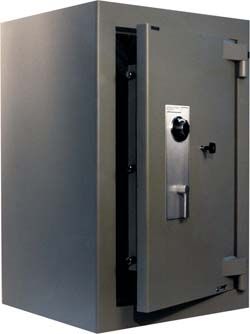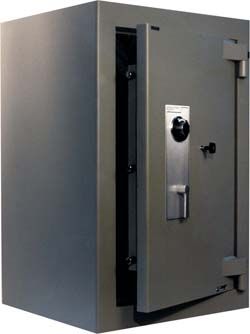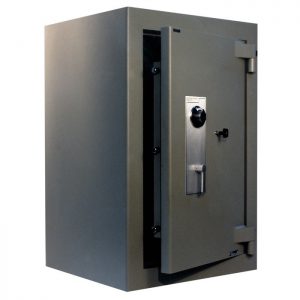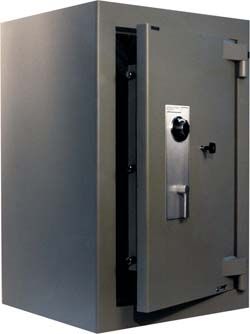Shop
Showing 1–12 of 179 results
-

50CH
.50 Caliber Handle
Read more -

3115049
8-Inch LED Light Retrofit Kit
Read more -

ACF2020
ACF2020 TL-30 FIRE RATED COMPOSITE SAFE
Read more -

ACF2020XD
ACF2020XD TL-30 FIRE RATED COMPOSITE SAFE
Read more -

ACF3020
ACF3020 TL-30 FIRE RATED COMPOSITE SAFE
Read more -

ACF3020XD
ACF3020XD TL-30 FIRE RATED COMPOSITE SAFE
Read more -

ACF4024
ACF4024 TL-30 FIRE RATED COMPOSITE SAFE
Read more -

ACF4024XD
ACF4024XD TL-30 FIRE RATED COMPOSITE SAFE
Read more -

ACF4824DS
ACF4824DS TL-30 DOUBLE DOOR DEPOSITORY SAFE
Read more -

ACF5024
ACF5024 TL-30 FIRE RATED COMPOSITE SAFE
Read more -

ACF5024XD
ACF5024XD TL-30 FIRE RATED COMPOSITE SAFE
Read more -

ACF6030
ACF6030 TL-30 FIRE RATED COMPOSITE SAFE
Read more
179 Results










